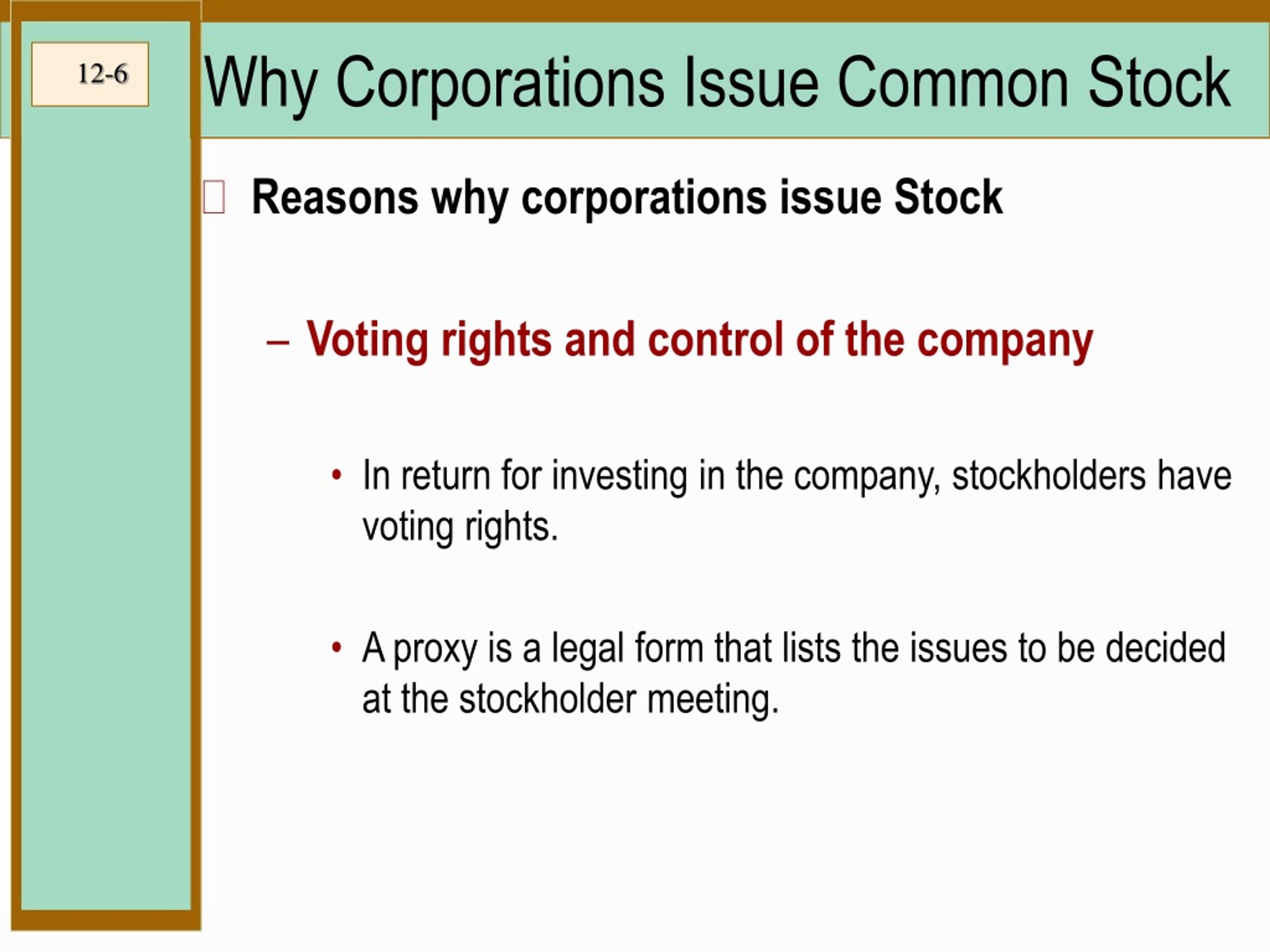Which Of The Following Are Features Of Common Stock

Investors face critical decisions daily when navigating the stock market. Understanding the fundamental features of common stock is paramount to making informed choices and mitigating risk.
This article cuts through the noise, delivering a rapid-fire overview of the defining attributes of common stock, enabling investors to quickly assess their holdings and future investments.
Ownership and Voting Rights
Common stock represents a share of ownership in a corporation. This ownership grants shareholders certain rights, most notably voting rights.
Shareholders can vote on key company decisions, such as electing board members and approving mergers.
Each share typically equates to one vote, empowering larger shareholders with more influence over corporate governance.
Dividends: A Share of the Profits
Companies may distribute a portion of their earnings to shareholders in the form of dividends. Dividend payments are not guaranteed with common stock.
The board of directors decides whether to issue dividends, the amount, and the payment frequency.
Some companies prioritize reinvesting profits for growth rather than paying dividends.
Limited Liability: Protecting Your Assets
A crucial feature of common stock is limited liability. This means shareholders are not personally liable for the company's debts and obligations.
The maximum loss a shareholder can incur is the amount they invested in the stock.
This protection shields personal assets from business creditors.
Potential for Capital Appreciation
Common stock offers the potential for capital appreciation, which is an increase in the stock's market value over time.
If the company performs well, demand for its stock may increase, driving up the share price.
This appreciation allows shareholders to sell their shares for a profit.
Claim on Assets: Residual Claimants
In the event of liquidation, common stockholders have a residual claim on the company's assets. This means they are paid only after all other creditors, bondholders, and preferred stockholders have been satisfied.
This position makes common stock riskier than debt or preferred stock.
However, it also offers the potential for higher returns if the company is successful.
Preemptive Rights: Maintaining Ownership Percentage
Some common stock offerings include preemptive rights. These rights give existing shareholders the option to purchase new shares before they are offered to the public.
This allows shareholders to maintain their proportional ownership in the company.
Not all common stock includes preemptive rights, so investors should carefully review the terms of the offering.
Volatility and Risk: A Double-Edged Sword
Common stock is inherently more volatile than other investments like bonds. Stock prices can fluctuate significantly based on market conditions, company performance, and investor sentiment.
This volatility presents both opportunities and risks for investors.
Thorough research and a long-term investment horizon are crucial for managing the risk associated with common stock.
Liquidity: Ease of Trading
Common stock is typically liquid, meaning it can be easily bought and sold on stock exchanges. This provides investors with flexibility to adjust their portfolios as needed.
However, liquidity can vary depending on the specific stock and the trading volume.
Stocks with low trading volume may be more difficult to sell quickly without affecting the price.
Conclusion: Vigilance and Continuous Learning
Understanding these core features of common stock is just the first step. Investors must stay informed about market trends, company performance, and economic conditions.
Continuous learning and careful analysis are essential for navigating the complexities of the stock market and making sound investment decisions.
Consulting with a financial advisor can provide personalized guidance tailored to individual investment goals and risk tolerance.



![Which Of The Following Are Features Of Common Stock [BKEYWORD-0-3]](https://image1.slideserve.com/3007712/common-stock-features-l.jpg)
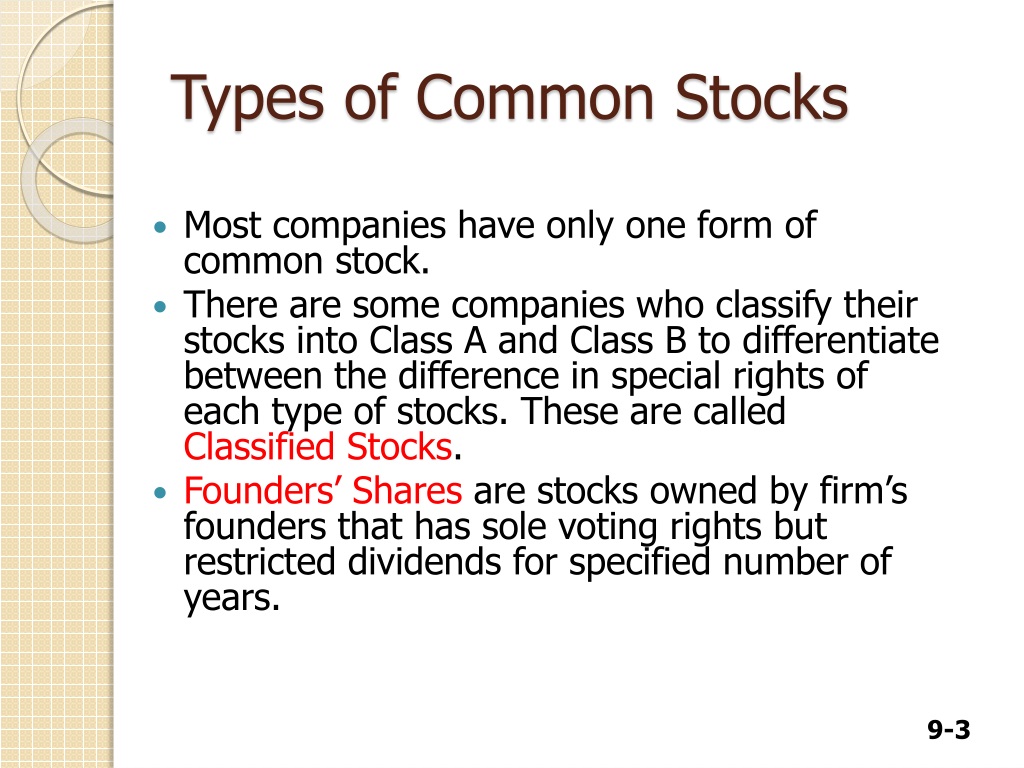
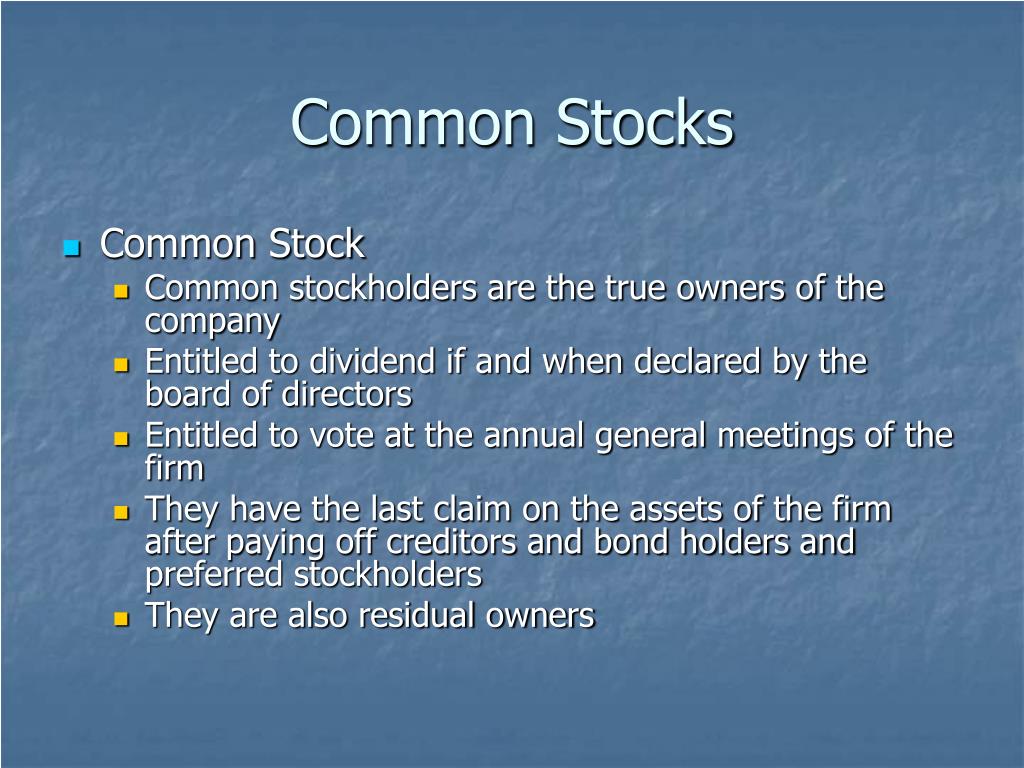

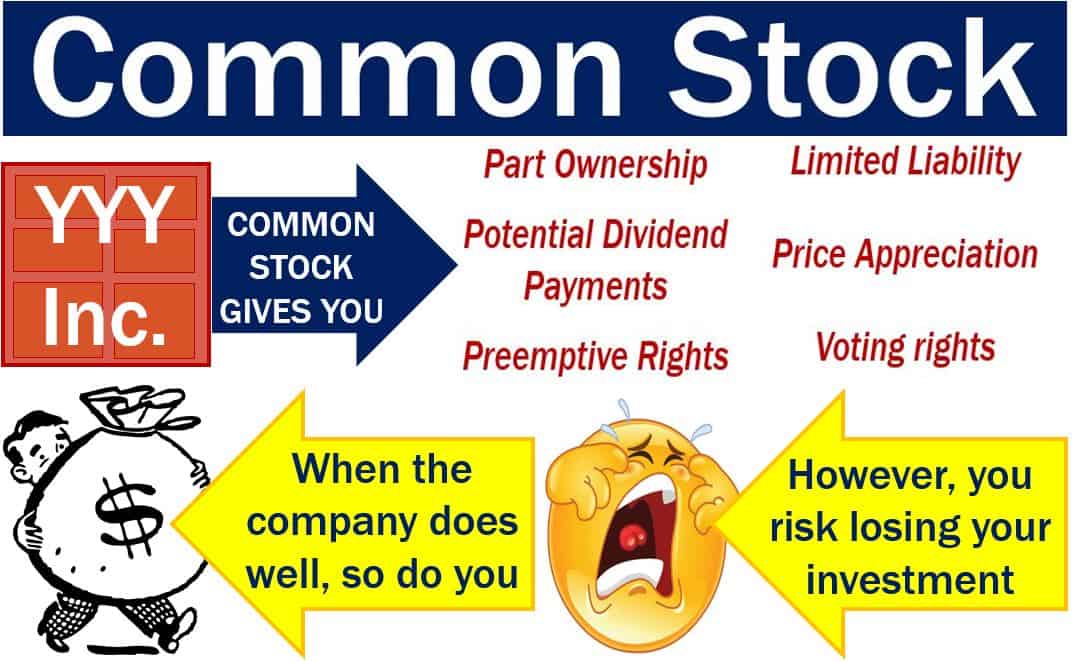
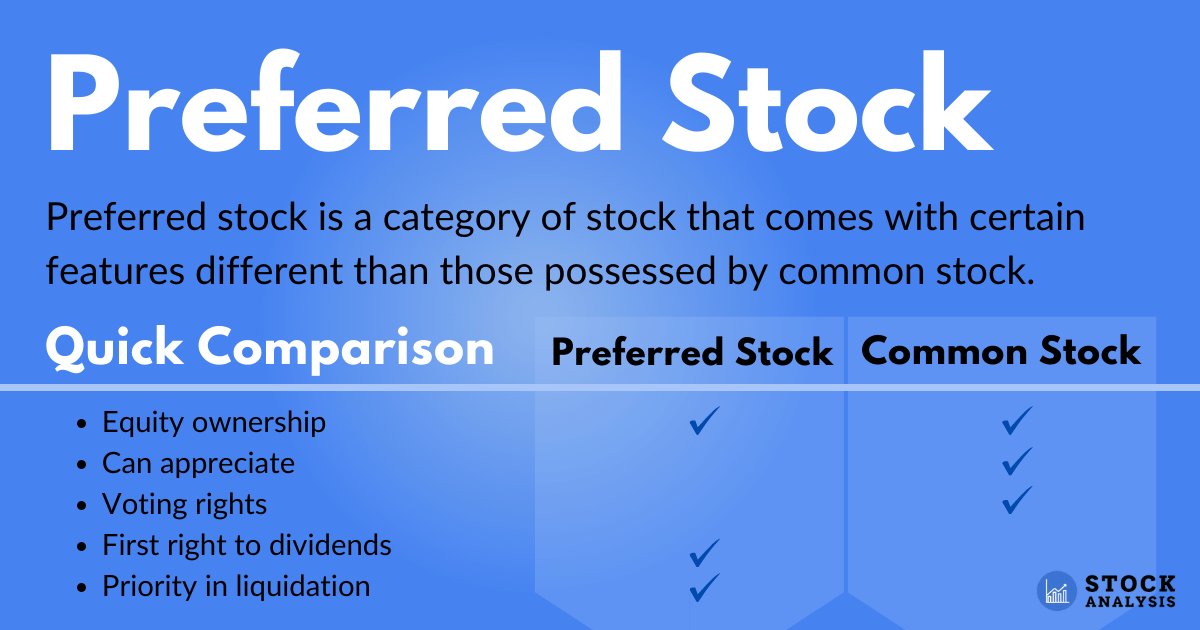
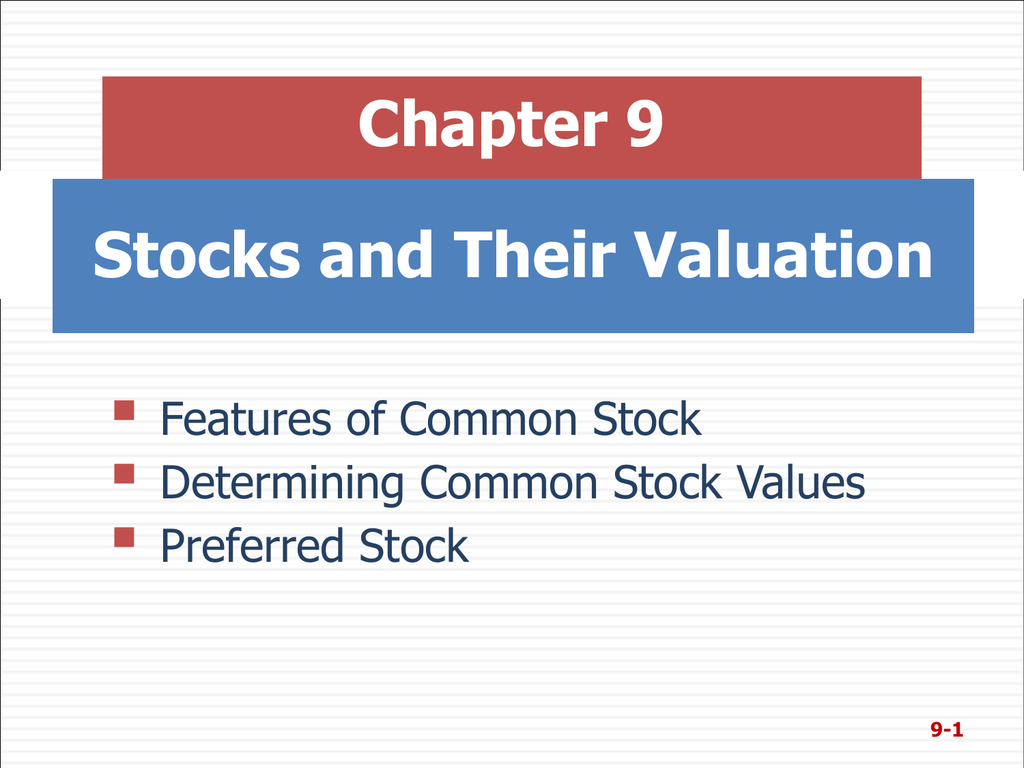
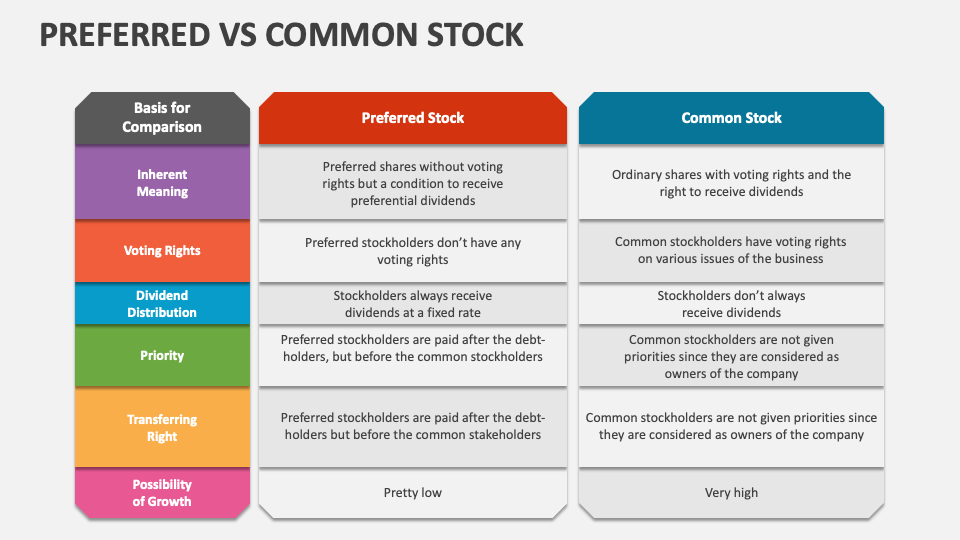



:max_bytes(150000):strip_icc()/dotdash_Final_Common_Stock_2020-01-03fbeb0664c74b71aa025dcfd7661c82.jpg)
